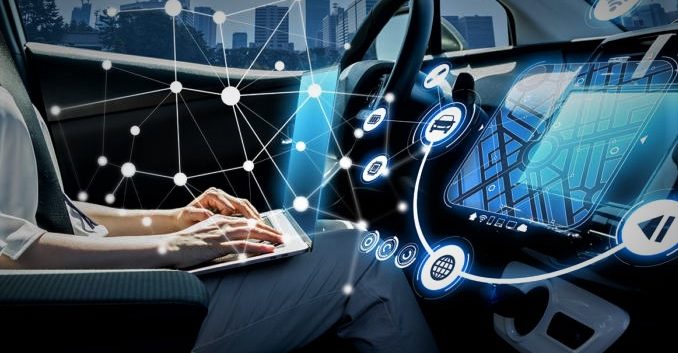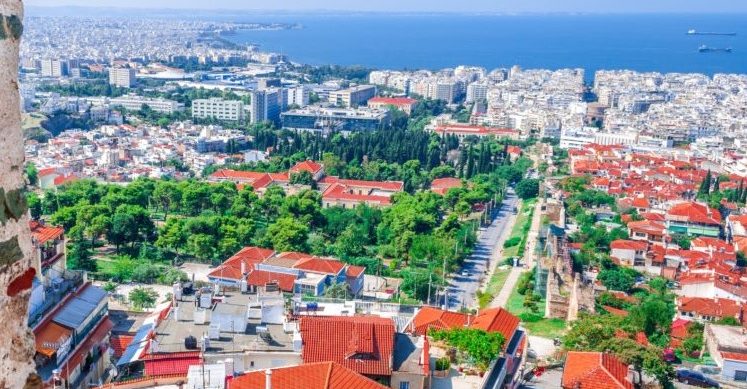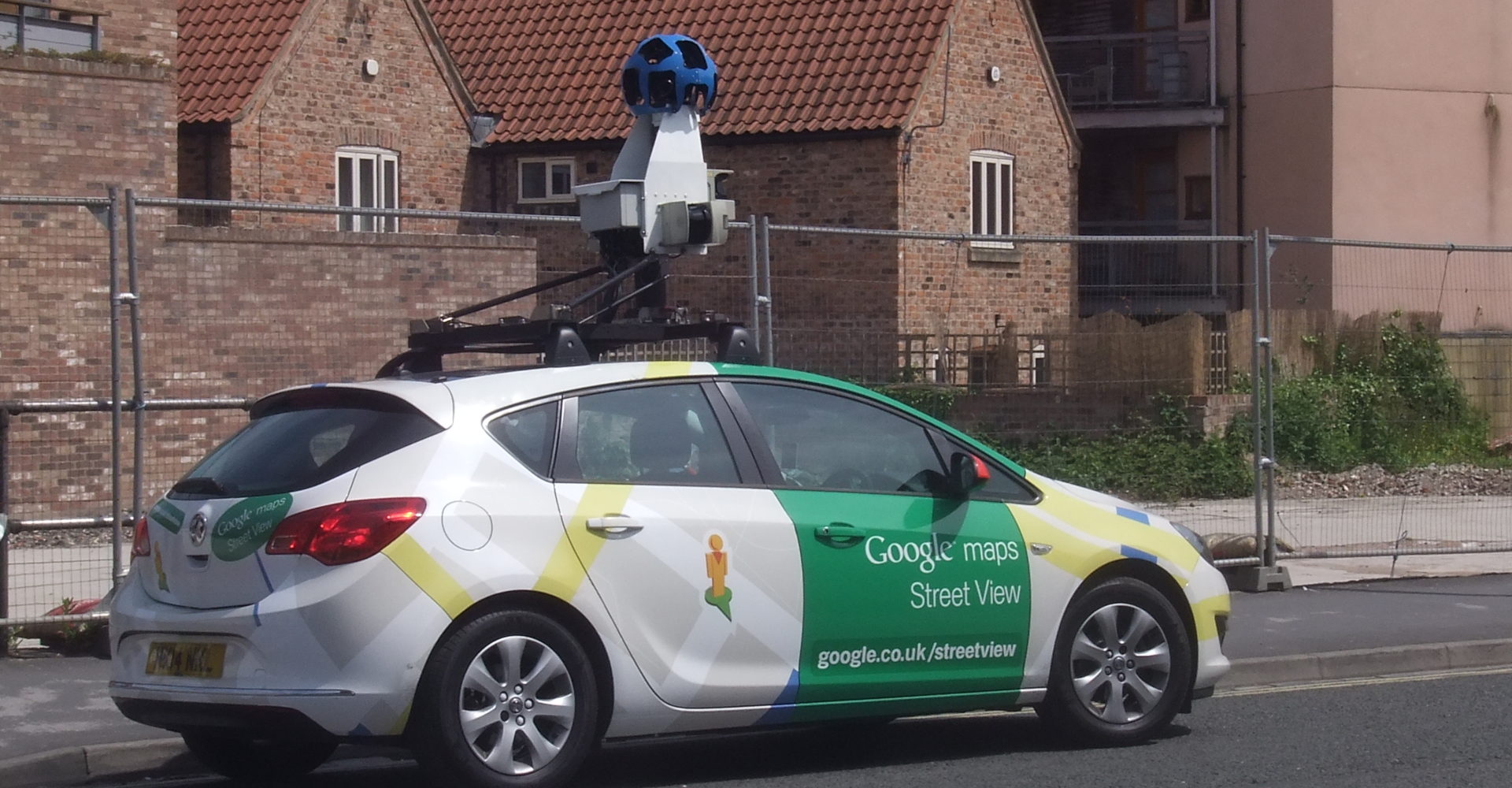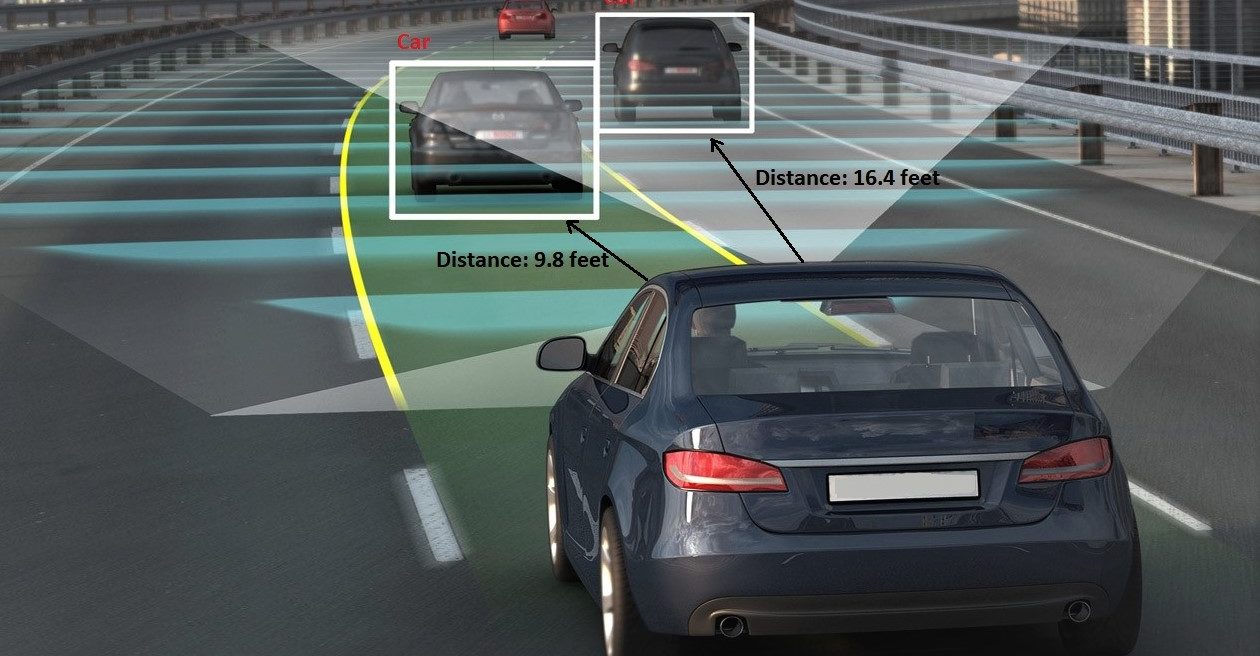Applications focus on autonomous/self-driving cars, marine vehicles and drones
Access to short course material on ‘Deep Learning and Computer Vision for Autonomous Systems’ 2020
After the very successful completion of this short e-course held on 17-18th August 2020, access to the course material (lecture pdfs and video files) is now available, so that you can study it at your own pace. Sample material is available at the lecture topics list below.
You can access it, by registering at: Register!!!
Registration fee: 150 Euros
Lectures:
Part A (8 hours)
1. Introduction to autonomous systems imaging (link to PDF) (link to mp4)
2. Introduction in computer vision (assess your knowledge)
3. Image acquisition, camera geometry (link to PDF) (link to mp4)
4. Stereo and Multiview imaging (assess your knowledge)
5. Introduction to neural networks, Perceptron (link to PDF)(assess your knowledge)
6. Multilayer perceptron. Backpropagation (assess your knowledge)
7. Deep neural networks. Convolutional NNs (assess your knowledge)
8. Introduction to multiple drone imaging (assess your knowledge)
Part B (8 hours)
1. Localization and mapping (assess your knowledge)
2. Deep learning for object/target detection (assess your knowledge)
3. Object tracking and 3D localization (assess your knowledge)
4. CVML software development tools (link to PDF)
5. Fast convolution algorithms (link to PDF)
6. Drone mission planning and control (assess your knowledge)
7. Introduction to car vision
8. Introduction to autonomous marine vehicles
***Update regarding COVID-19
DESCRIPTION
This two-day short course provides an overview and in-depth presentation of the various computer vision and deep learning problems encountered in autonomous systems perception, e.g. in drone imaging or autonomous car vision. It consists of two parts (A, B) and each of them includes up to 8 one-hour lectures.
Part A lectures (6-8 hours) provide an in-depth presentation to autonomous systems imaging and the relevant architectures as well as a solid background on the necessary topics of computer vision (Image acquisition, camera geometry, Stereo and Multiview imaging, Mapping and Localization) and machine learning (Introduction to neural networks, Perceptron, backpropagation, Deep neural networks, Convolutional NNs).
Part B lectures (6-8 hours) provide in-depth views of the various topics encountered in autonomous systems perception, ranging from vehicle localization and mapping, to target detection and tracking, autonomous systems communications and embedded CPU/GPU computing. Part B also contains application-oriented lectures on autonomous drones, cars and marine vessels (e.g. for land/marine surveillance, search&rescue missions, infrastructure/building inspection and modeling, cinematography).
WHEN?
The course will take place on 17-18 August 2020.
WHERE?
The course will take place at KEDEA, 3is Septemvriou – Panepistimioupoli, 54636, Thessaloniki, Greece.
You can find additional information about the city of Thessaloniki and details on how to get the city here.
PROGRAM
| Time*/date | 17/08/2020 | 18/08/2020 |
| 08:00 – 09:00 | Registration | Registration |
| 09:00 – 10:00 | Introduction to autonomous systems imaging | Localization and mapping |
| 10:00 – 11:00 | Introduction in computer vision | Deep learning for object/target detection |
| 11:00 – 11:30 | Coffee break | Coffee break |
| 11:30 – 12:30 | Image acquisition, camera geometry | Object tracking and 3D localization |
| 12:30 – 13:30 | Stereo and Multiview imaging | CVML Software development tools |
| 13:30 – 14:30 | Lunch break | Lunch break |
| 14:30 – 15:30 | Introduction to Artifical Neural Networks. Perceptron | Fast convolution algorithms |
| 15:30 – 16:30 | Multilayer perceptron. Backpropagation | Drone mission planning and control |
| 16:30 – 17:00 |
Coffee break |
Coffee break |
| 17:00 – 18:00 |
Deep neural networks. Convolutional NNs | Introduction to car vision |
| 18:00 – 19:00 |
Introduction to multiple drone imaging | Introduction to autonomous marine vehicles |
*Eastern European Summer Time (EEST)
**This programme is indicative and may be modified without prior notice by announcing (hopefully small) changes in lectures/lecturers.
***Each topic will include a 45-minute lecture and a 15-minute break.
REGISTRATION
——————————————————————————————————————————————————–
Early registration (till 30/06/2020):
• Standard: 300 Euros
• Unemployed or Undergraduate/MSc/PhD student*: 200 Euros
Later or on-site registration (after 30/06/2019):
• Standard: 350 Euros
• Unemployed or Undergraduate/MSc/PhD student*: 250 Euros
*Proof of unemployment or student status should be provided upon registration.
———————————————————————————————————————————————————
Lectures will be in English. PDF slides will be available to course attendees.
A certificate of attendance will be provided.
***Due to the special COVID-19 circumstances, the 2020 edition of the «Short course on Deep Learning and Computer Vision for Autonomous Systems» will take place as live web course on 17-18 August 2020 (default mode). Lectures will be prerecorded to facilitate attendees in case they experience problems due to time difference. Remote participation will be available via teleconferencing.***
Cancelation policy:
- 70% refund for cancelation up to 15/06/2020
- 50% refund for cancelation up to 15/07/2020
- 0% refund afterwards
Every effort will be undertaken to run the course as planned. However, due to the special COVID-19 circumstances, the organizer (AUTH) reserves right to cancel the event anytime by simple notice to the registrants (by email by announcing it in the course www page). In this case, each registrant will be reimbursed 100% for the registration fee. However, the organizer will be not held liable for any other loss incurred to the registrants (e.g., for air tickets, hotels or any other travel arrangements).
LECTURERS

Prof. Ioannis Pitas (IEEE Fellow, IEEE Distinguished Lecturer, EURASIP fellow) received the Diploma and Ph.D. degree in Electrical Engineering, both from the Aristotle University of Thessaloniki, Greece. Since 1994, he has been a Professor at the Department of Informatics of the same University. His current interests are in the areas of image/video processing, machine learning, computer vision, intelligent digital media, human-centered interfaces, affective computing, 3D imaging, and biomedical imaging. He has published over 860 papers, contributed in 44 books in his areas of interest and edited or (co-)authored another 11 books. He has also been member of the program committee of many scientific conferences and workshops. In the past he served as Associate Editor or co-Editor of 9 international journals and General or Technical Chair of 4 international conferences. He participated in 69 R&D projects, primarily funded by the European Union and is/was principal investigator/researcher in 41 such projects.
He has 31000+ citations to his work and h-index 83+ (Google Scholar)
Prof. Pitas lead the big European H2020 R&D project MULTIDRONE and is principal investigator (AUTH) in H2020 projects Aerial Core and AI4Media. He is chair of the Autonomous Systems initiative https://ieeeasi.signalprocessingsociety.org/.
Professor Pitas will deliver 16 lectures on deep learning and computer vision.
Educational record of Prof. I. Pitas: He was Visiting/Adjunct/Honorary Professor/Researcher and lectured at several Universities: University of Toronto (Canada), University of British Columbia (Canada), EPFL (Switzerland), Chinese Academy of Sciences (China), University of Bristol (UK), Tampere University of Technology (Finland), Yonsei University (Korea), Erlangen-Nurnberg University (Germany), National University of Malaysia, Henan University (China). He delivered 90 invited/keynote lectures in prestigious international Conferences and top Universities worldwide. He run 17 short courses and tutorials on Autonomous Systems, Computer Vision and Machine Learning, most of them in the past 3 years in many countries, e.g., USA, UK, Italy, Finland, Greece, Australia, N. Zealand, Korea, Taiwan, Sri Lanka, Bhutan.
http://www.aiia.csd.auth.gr/LAB_PEOPLE/IPitas.php
https://scholar.google.gr/citations?user=lWmGADwAAAAJ&hl=el
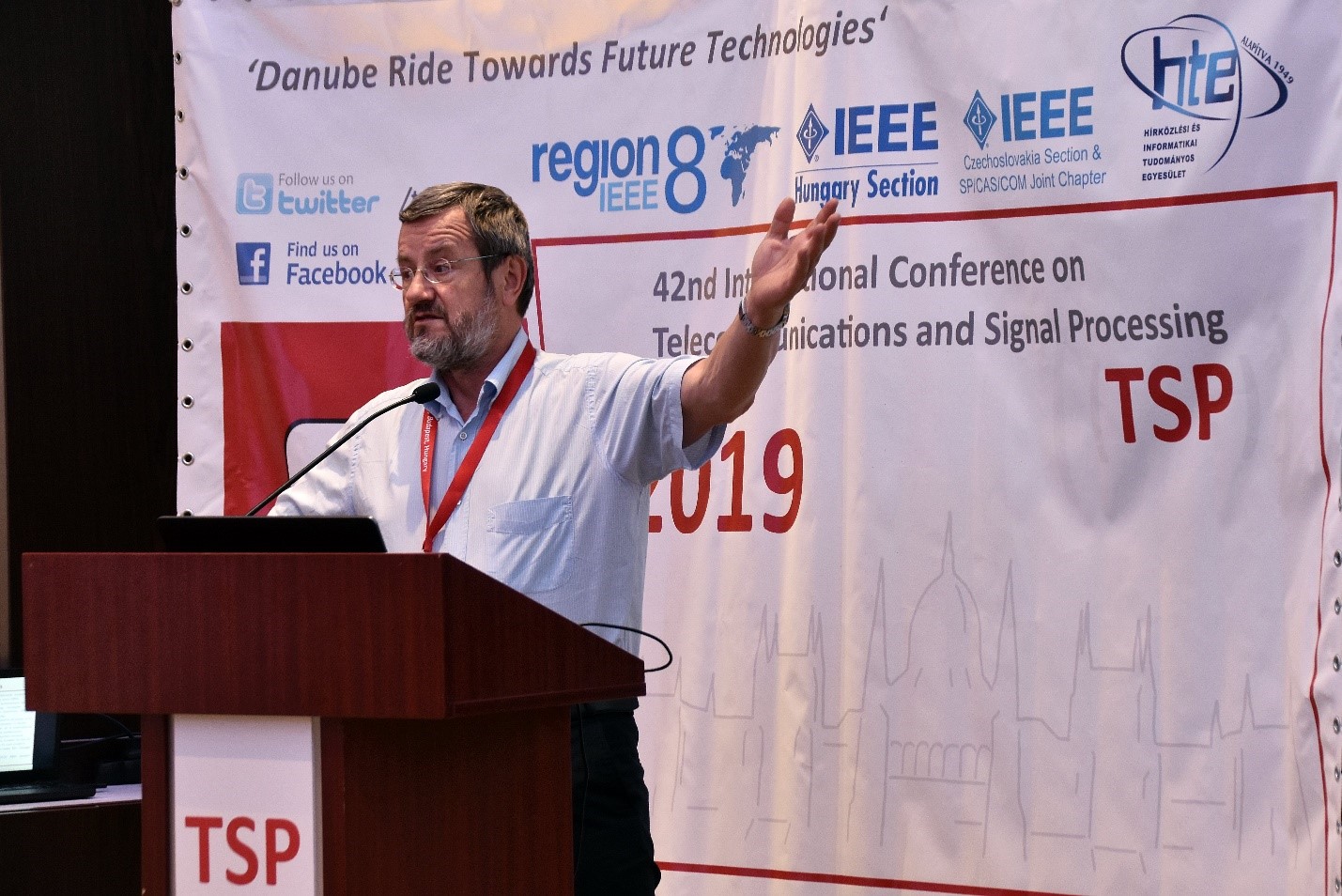
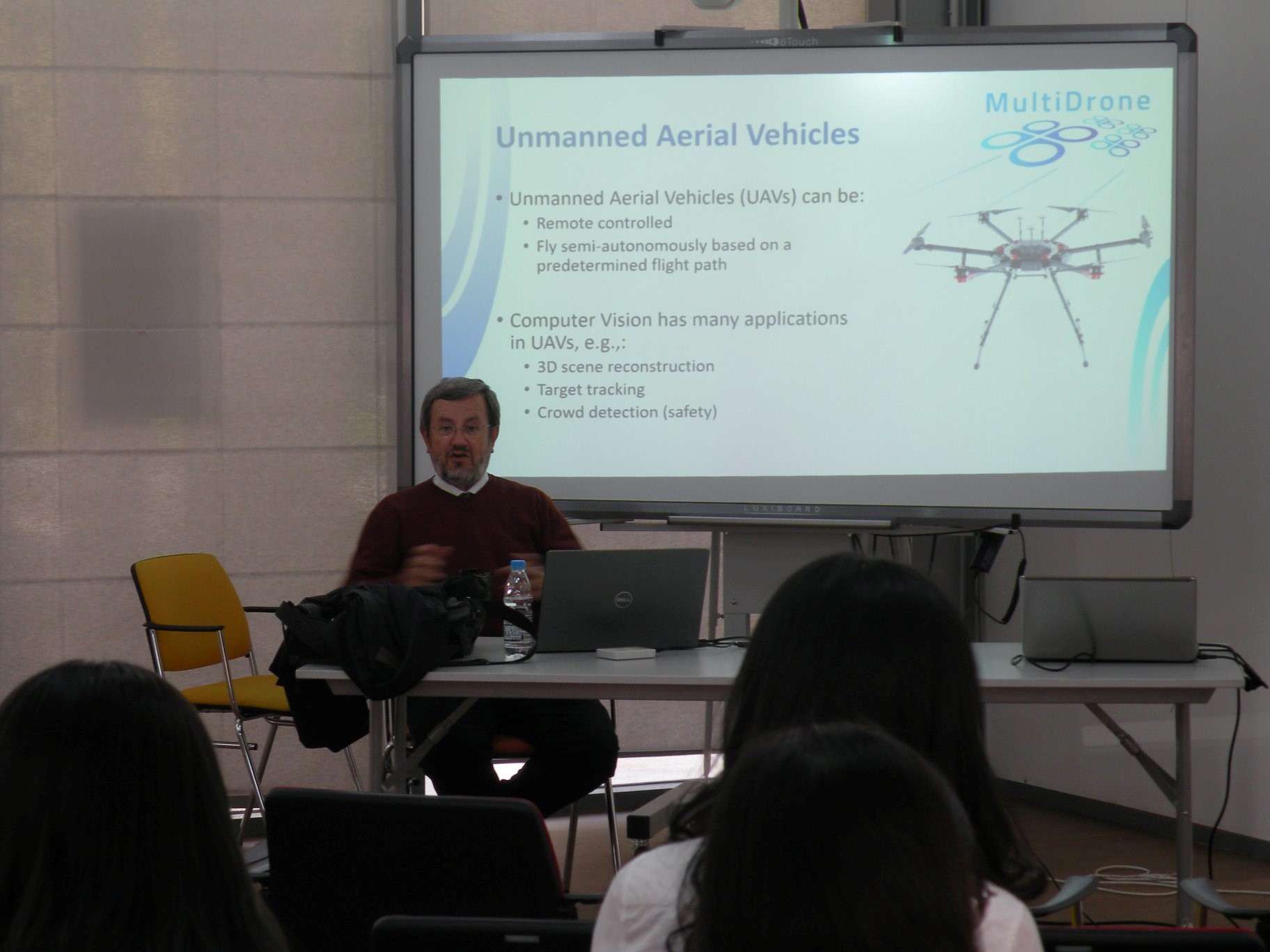
TOPICS
17/08/2020 – Part A (first day, 8 lectures):
1. Introduction to autonomous systems imaging
Abstract: This lecture will provide an introduction and the general context for this new and emerging topic, presenting the aims of autonomous systems imaging and the many issues to be tackled, especially from an image/video analysis point of view as well as the limitations imposed by the system’s hardware. Applications on autonomous cars, drones or marine vessels will be overviewed.
Lecture material: Download
2. Introduction in computer vision
Abstract: A detailed introduction in computer vision will be made, mainly focusing on 3D data types as well as color theory. The basics of color theory will be presented, followed by the several color coordinate systems, and finally, image and video content analysis and sampling will be thoroughly described.
Sample Lecture material: Download
3. Image acquisition, camera geometry
Abstract: After a brief introduction to image acquisition and light reflection, the building blocks of modern cameras will be surveyed, along with geometric camera modeling. Several camera models, like pinhole and weak-perspective camera model, will subsequently be presented, with the most commonly used camera calibration techniques closing the lecture.
Sample Lecture material: Download
4. Stereo and Multiview imaging
Abstract: The workings of stereoscopic and multiview imaging will be explored in depth, focusing mainly on stereoscopic vision, geometry and camera technologies. Subsequently, the main methods of 3D scene reconstruction from stereoscopic video will be described, along with the basics of multiview imaging.
Sample Lecture material: Download
5. Introduction to Artificial Neural Networks. Perceptron
Abstract: This lecture will cover the basic concepts of Artificial Neural Networks (ANNs): Biological neural models, Perceptron, Activation functions, Loss types, Steepest Gradient Descent, On-line Perceptron training, Batch Perceptron training.
Sample Lecture material: Download
6. Multilayer perception. Backpropagation
Abstract: This lecture will cover the basic concepts of Multi-Layer Perceptron (MLP), Training MLP neural networks, Activation functions, Loss types, Gradient descent, Error Backpropagation, Stochastic Gradient Descent, Adaptive Learning Rate Algorithms, Regularization, Evaluation, Generalization.
Sample Lecture material: Download
7. Deep neural networks. Convolutional NNs
Abstract: From multilayer perceptrons to deep architectures. Fully connected layers. Convolutional layers. Tensors and mathematical formulations. Pooling. Training convolutional NNs. Initialization. Data augmentation. Batch Normalization. Dropout. Deployment on embedded systems. Lightweight deep learning.
Sample Lecture material: Download
8. Introduction to multiple drone imaging
Abstract: This lecture will provide the general context for this new and emerging topic, presenting the aims of drone vision, the challenges (especially from an image/video analysis and computer vision point of view), the important issues to be tackled, the limitations imposed by drone hardware, regulations and safety considerations etc. An overview of the use of multiple drones in media production will be made. The three use scenaria, the challenges to be faced and the adopted methodology will be discussed at the first part of the lecture, followed by scenario-specific, media production and system platform requirements. Multiple drone platform will be detailed during the second part of the lecture, beginning with platform hardware overview, issues and requirements and proceeding by discussing safety and privacy protection issues. Finally, platform integration will be the closing topic of the lecture, elaborating on drone mission planning, object detection and tracking, UAV-based cinematography, target pose estimation, privacy protection, ethical and regulatory issues, potential landing site detection, crowd detection, semantic map annotation and simulations
18/08/2020 – Part B (second day, 8 lectures):
1. Localization and mapping
Abstract: The lecture includes the essential knowledge about how we obtain/get 2D and/or 3D maps that robots/drones need, taking measurements that allow them to perceive their environment with appropriate sensors. Semantic mapping includes how to add semantic annotations to the maps such as POIs, roads and landing sites. Section Localization is exploited to find the 3D drone or target location based on sensors using specifically Simultaneous Localization And Mapping (SLAM). Finally, drone localization fusion describes improves accuracy on localization and mapping by exploiting the synergies between different sensors.
Lecture material: Download
2. Deep learning for object/target detection
Abstract: Recently, Convolutional Neural Networks (CNNs) have been used for object/target (e.g., car, pedestrian, road sign) detection with great results. However, using such CNN models on embedded processors for real-time processing is prohibited by HW constraints. In that sense, various architectures and settings will be examined in order to facilitate and accelerate the use of embedded CNN-based object detectors with limited computational capabilities. The following target detection topics will be presented: Object detection as search and classification task. Detection as classification and regression task. Modern architectures for target detection (e.g., RCNN, Faster-RCNN, YOLO, SSD). Lightweight architectures. Data augmentation. Deployment. Evaluation and benchmarking.
3. Object tracking and 3D target localization
Abstract: Target tracking is a crucial component of many vision systems. Many approaches regarding person/object detection and tracking in videos have been proposed. In this lecture, video tracking methods using correlation filters or convolutional neural networks are presented, focusing on video trackers that are capable of achieving real-time performance for long-term tracking on embedded computing platforms.
Sample Lecture material: Download
4. Software development tools
Abstract: In this lecture, various GPU and multicore CPU architectures will be reviewed, used notably in GPU cards and in embedded boards, like NVIDIA TX1, TX2, Xavier. The principles of the parallelization of various algorithms on GPU and multicore CPU architectures are reviewed. Sequentially the essentials of GPU programming are presented. Finally, special attention is paid on: a.) fast and parallel linear algebra operations (e.g., using cuBLAS) and, b.) convolution FFS algorithms, as all of them have particular importance in deep machine learning (CNNs) and in real-time computer vision.
Sample Lecture material: Download
5. Fast convolution algorithms
Abstract: Two huge factors related to deep neural network models are the amount of time spend on training such models as well as the response time during DNN inference. Many autonomous systems vision-related applications require very low latency during inference. Both aforementioned are associated with how fast we can compute neural network operations, such as 2D and 3D convolutions. Introducing new and fast ways of conducting these operations can boost the computation speed of deep neural networks.
Sample Lecture material: Download
8. Drone mission planning and control
Abstract: In this lecture, first the audiovisual shooting mission is formally defined. The introduced audiovisual shooting definitions are encoded in mission planning comannds, i.e., navigation and shooting action vocabulary, and their corresponding parameters. The drone mission commands, as well as the hardware/software architecture required for manual/autonomous mission execution are described. The software infrastructure includes the planning modules, that assign, monitor and schedule different behaviours/tasks to the drone swarm team according to director and enviromental requirements, and the control modules, which execute the planning mission by translating high-level commands to intro desired drone+camera configurations, producing commands for autopilot, camera and gimbal of the drone swarm.
7. Introduction to car vision
Abstract: In this lecture, an overview of the autonomous car technologies will be presented (structure, HW/SW, perception), focusing on car vision. Examples of the autonomous vehicle will be presented as a special case, including its sensors and algorithms. Then, an overview of computer vision applications in this autonomous vehicle will be presented, such as visual odometry, lane detection, road segmentation, etc. Also, the current progress of autonomous driving will be introduced.
8. Introduction to autonomous marine vehicles
Abstract: Autonomous marive vehicles can be described as surface (boats, ships) and unterwater ones (submarines). They have many applications in marine transportations, marine/submarine surveillance and many challenges in environment perception/mapping and vehicle control, to be reviewed in this lecture.
AUDIENCE
Any engineer or scientist practicing or student having some knowledge of computer vision and/or machine learning, notable CS, CSE, ECE, EE students, graduates or industry professionals with relevant background.
IF I HAVE A QUESTION?
PAST COURSE EDITION
——————————————————————————————————————
Participants: 39
Countries: United Kingdom, Scotland, Germany, Italy, Norway, Slovakia, Spain, Croatia, Czech Republic, Greece
Registrants comments:
- “Very adequate information about the topics of DL, CV and autonomous systems”
- “Very good coverage of autonomous systems vision perception”
- “Course’s content was greatly explanatory with many application examples”
- “Very well structured course, knowledgeable lecturers”
——————————————————————————————————————
SAMPLE COURSE MATERIAL & RELATED LITERATURE
1.) C. Regazzoni, I. Pitas, ‘Perspectives in Autonomous Systems research’, Signal Processing Magazine, September 2019
2.) Artificial neural networks
3.) 3D Shape Reconstruction from 2D Images
4.) Overview of self-driving car technologies
5.) I. Pitas, ‘3D imaging science and technologies’, Amazon CreateSpace preprint, 2019
6.) R. Fan, U. Ozgunalp, B. Hosking, M. Liu, I. Pitas, “Pothole Detection Based on Disparity Transformation and Road Surface Modeling“, IEEE Transactions on Image Processing (accepted for publication 2019).
7.) Rui Fan, Xiao Ai, Naim Dahnoun, “Road Surface 3D Reconstruction Based on Dense Subpixel Disparity Map Estimation“, IEEE Transactions on Image Processing, vol 27, no. 6, June 2018
8.) Umar Ozganalp, Rui Fan, Xiao Ai, Naim Dahnoun, “Multiple Lane Detection Algorithm Based on Novel Dense Vanishing Point Estimation“, IEEE Transactions on Intelligent Transportation Systems, vol. 18, no.3, March 2017
9.) Rui Fan, Jianhao Jiao, Jie Pan, Huaiyang Huang, Shaojie Shen, Ming Liu, “Real-Time Dense Stereo Embedded in A UAV for Road Inspection“, Proceedings of the IEEE Conference on Computer Vision and Pattern Recognition Workshops, 2019
10.) Semi-Supervised Subclass Support Vector Data Description for image and video classification, V. Mygdalis, A. Iosifidis, A. Tefas, I. Pitas, Neurocomputing, 2017
11.) Neurons With Paraboloid Decision Boundaries for Improved Neural Network Classification Performance, N. Tsapanos, A. Tefas, N. Nikolaidis and I. Pitas IEEE Transactions on Neural Networks and Learning Systems (TNNLS), 14 June 2018, pp 1-11
12.) Convolutional Neural Networks for Visual Information Analysis with Limited Computing Resources, P. Nousi, E. Patsiouras, A. Tefas, I. Pitas, 2018 IEEE International Conference on Image Processing (ICIP), Athens, Greece, October 7-10, 2018
13.) Learning Multi-graph regularization for SVM classification, V. Mygdalis, A. Tefas, I. Pitas, 2018 IEEE International Conference on Image Processing (ICIP), Athens, Greece, October 7-10, 2018
14.) Quality Preserving Face De-Identification Against Deep CNNs, P. Chriskos, R. Zhelev, V. Mygdalis, I. Pitas 2018 IEEE International Workshop on Machine Learning for Signal Processing (MLSP), Aalborg,
Denmark, September 2018
15.) P. Chriskos, O. Zoidi, A. Tefas, and I. Pitas, “De-identifying facial images using singular value decomposition and projections”, Multimedia Tools and Applications, 2016
16.) Deep Convolutional Feature Histograms for Visual Object Tracking, P. Nousi, A. Tefas, I. Pitas, IEEE International Conference on Acoustics, Speech and Signal Processing (ICASSP), 2019
17.) Exploiting multiplex data relationships in Support Vector Machines, V. Mygdalis, A. Tefas, I. Pitas, Pattern Recognition 85, pp. 70-77, 2019
USEFUL LINKS
•Prof. Ioannis Pitas: https://scholar.google.gr/citations?user=lWmGADwAAAAJ&hl=el
•Department of Computer Science, Aristotle University of Thessaloniki (AUTH): https://www.csd.auth.gr/en/
•Laboratory of Artificial Intelligence and Information Analysis: http://www.aiia.csd.auth.gr/
•Thessaloniki: https://wikitravel.org/en/Thessaloniki



